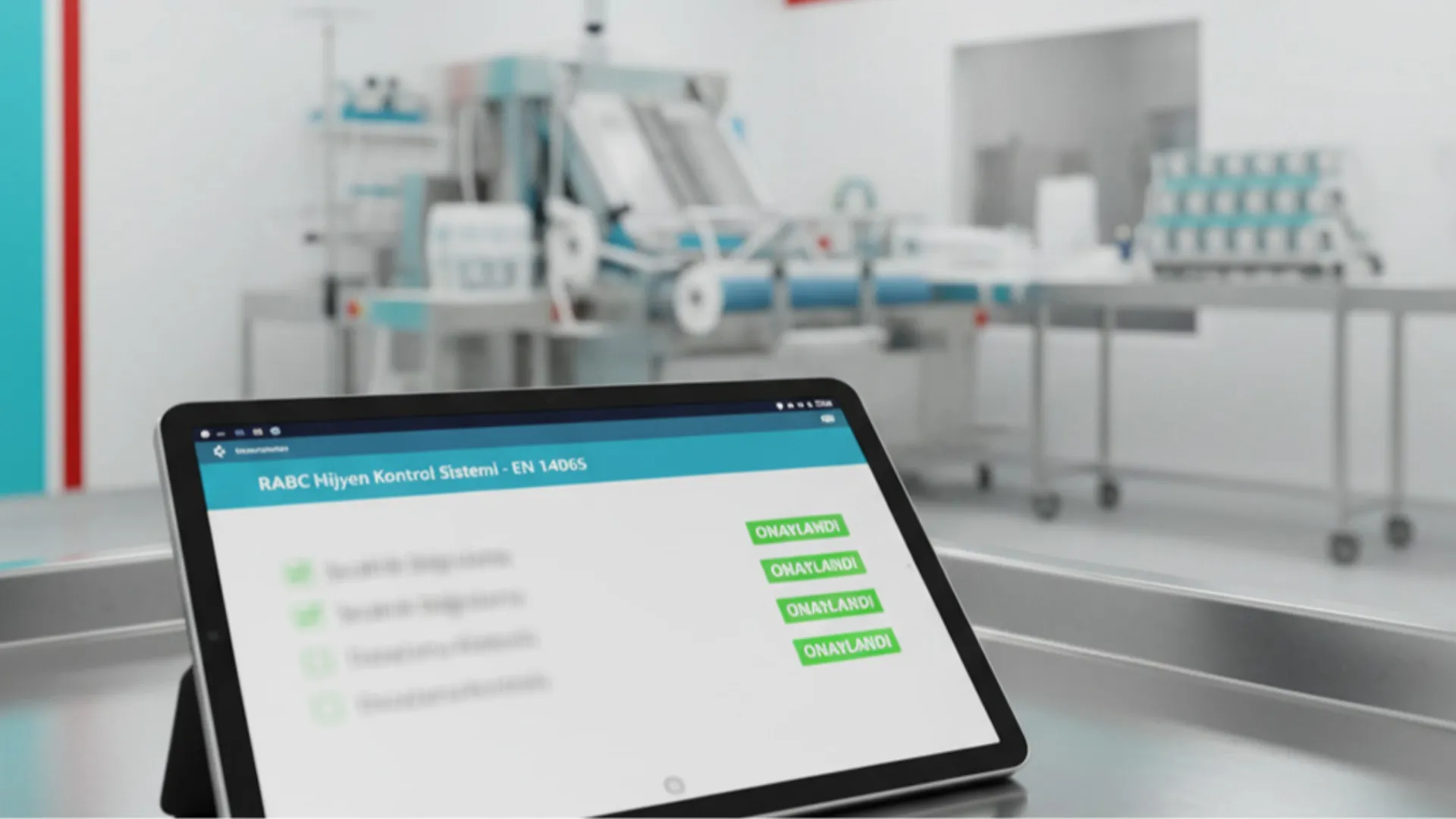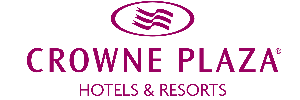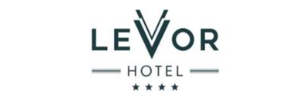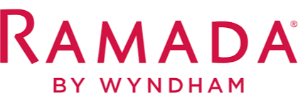The EN 14065-based RABC Hygiene Control System outlines institutional approaches to managing hygiene in healthcare textile services. It is designed for businesses providing textile processing to healthcare facilities, focusing on the requirements for establishing a traceable hygiene chain in medical laundry operations. The content presents sterilized washing procedures aligned with infection control standards and offers corporate recommendations for quality assurance in patient linen and gown washing processes. Topics include disinfectant textile washing methods, high-temperature laundering systems, and antibacterial washing solutions. Readers will understand the operational benefits, documentation needs, and certification advantages of implementing an RABC hygiene management system, along with practical frameworks for process control, risk assessment, and supplier audits.
RABC Hygiene Control System and Safety in Hospital Textile Management
The RABC hygiene control system should be viewed as a framework for minimizing risks in hospital textile management. In institutional-scale facilities, medical laundry processes are safeguarded through traceable protocols and documentation. Designed to reduce the spread of infectious agents, RABC ensures compliance with infection control standards. For management, the tangible benefit is the validation of patient linen and gown washing protocols. The system includes requirements such as personnel training records, process temperature tracking, and chemical usage monitoring. Operational priorities include: – Intake procedures and separation of clean/dirty flow – Guidelines for using high-temperature washing systems – Disinfectant textile washing standards and chemical dosing control – Maintenance of certified cleaning records for staff hygiene – Documentation for monitoring and traceability The RABC system also standardizes supply chain management and sets audit criteria for suppliers. Within corporate responsibility, medical textile cleaning records and performance indicators should be regularly reviewed. Technology-supported monitoring and continuous improvement loops ensure sustained compliance.
EN 14065 Criteria for Sterile Washing Processes
The RABC standard defined under EN 14065 specifies sterility and traceability requirements in institutional laundry operations. This section focuses on designing, validating, and documenting sterile washing workflows. Among key protocols for healthcare environments are the sterile washing process verifications. RABC emphasizes temperature control, chemical efficacy testing, and traceability. Requirements include process validation, control limits, and periodic reassessments. Institutional objectives for medical textile cleaning should be supported by measurable indicators in patient linen and gown washing protocols. Documentation ensures compliance with infection control standards and provides audit evidence. During implementation, personnel training, validation tests, and environmental monitoring must be conducted. Control points are determined through clinical risk assessments, with performance measured via chemical residue analysis, fiber strength tests, and microbiological sampling. Supplier performance should be compared against results, with corrective actions as needed. Reporting cycles should review objectives and initiate improvement actions in collaboration with quality assurance units. Antibacterial washing solutions and environmental impact assessments must be included in corporate policies. Sustaining RABC compliance requires documented information flow and regularly updated training cycles.
Corporate Value of RABC Certification in Medical Textile Management
RABC certification provides institutional reliability and operational standardization. Its principles form the basis for documenting medical laundry performance. The certification process spans from supplier selection to internal quality control and measures compliance with infection prevention standards. Benefits for institutions include: increased traceability, consistent validation records, early detection of deviations, and documentation suitable for official inspections. RABC records are integrated into quality management procedures, clarifying internal responsibilities and ensuring consistency in linen and gown washing protocols. Supplier performance is evaluated against RABC reference criteria, reducing procurement risks. Corporate training programs should address measurement and reporting requirements for medical textile hygiene. The selection of antibacterial and high-temperature washing systems should be verified through regular audits. This approach provides evidence-based contributions to patient safety objectives. During implementation, documentation, monitoring frequency, and risk scoring systems must be defined. Measurement data should be centralized and integrated into management dashboards for performance evaluation. Supplier audits and internal reviews benefit from comparative analyses. Transparent communication channels promote a culture of quality and accountability.
Ensuring RABC Compliance in Hospital Textile Management Planning
Developing a hospital textile management plan requires a risk-based approach. Every stage—from material intake to redistribution—must be defined, and supplier criteria must be transparent. Corporate manuals, operational guidelines, and training modules should be integrated. Reference materials such as the hospital textile management plan can support this process. RABC compliance must be included among the plan’s validation criteria and verified through trackable records, environmental monitoring, and product sampling. Quality assurance units define responsibilities and measurement frequencies. The plan should cover patient linen and gown protocols, disinfection methods, and acceptance criteria for high-temperature washing systems. Periodic audits and improvement cycles ensure continuity. Dashboards should track performance, while approval processes formalize oversight. Operational manuals must include chemical dosage charts, temperature verification logs, and washing cycle parameters. Monitoring programs should cover microbiological sampling and chemical residue testing. Supplier contracts must align with hygiene certification and chemical performance documentation. RABC documentation serves as a reference for internal audits and management reviews. Operators should be certified according to competence levels. Senior managers should report textile management performance to the board, defining investment needs and supplier development priorities accordingly.
The Role of RABC in Certified Hygiene and Infection Control Standards
Certified hygiene cleaning practices play a vital role in reducing infection risks in healthcare facilities. The RABC hygiene control system ensures the continuous implementation of hygiene standards through structured certification processes. Institutional procedures cover chemical selection, temperature control, validation protocols, and staff competency criteria. Compliance facilitates audit readiness and evidence preparation. Linen and gown washing cycles must remain under strict supervision. The RABC system provides a reference framework for documenting and monitoring disinfectant textile washing applications. Organizations must define control points, verify chemical efficacy, and manage supplier evaluations. Antibacterial solutions should be assessed based on performance data and environmental effects. Certified hygiene documentation should be integrated into management reports and regularly reviewed by hygiene and quality teams. Operational reports should include laundry capacity, maintenance plans, and supplier certifications. RABC records support corrective actions based on risk evaluations, ensuring ongoing alignment with infection control standards and clarifying organizational accountability. Teams should share patient safety indicators internally and base investment decisions on verified data.
























